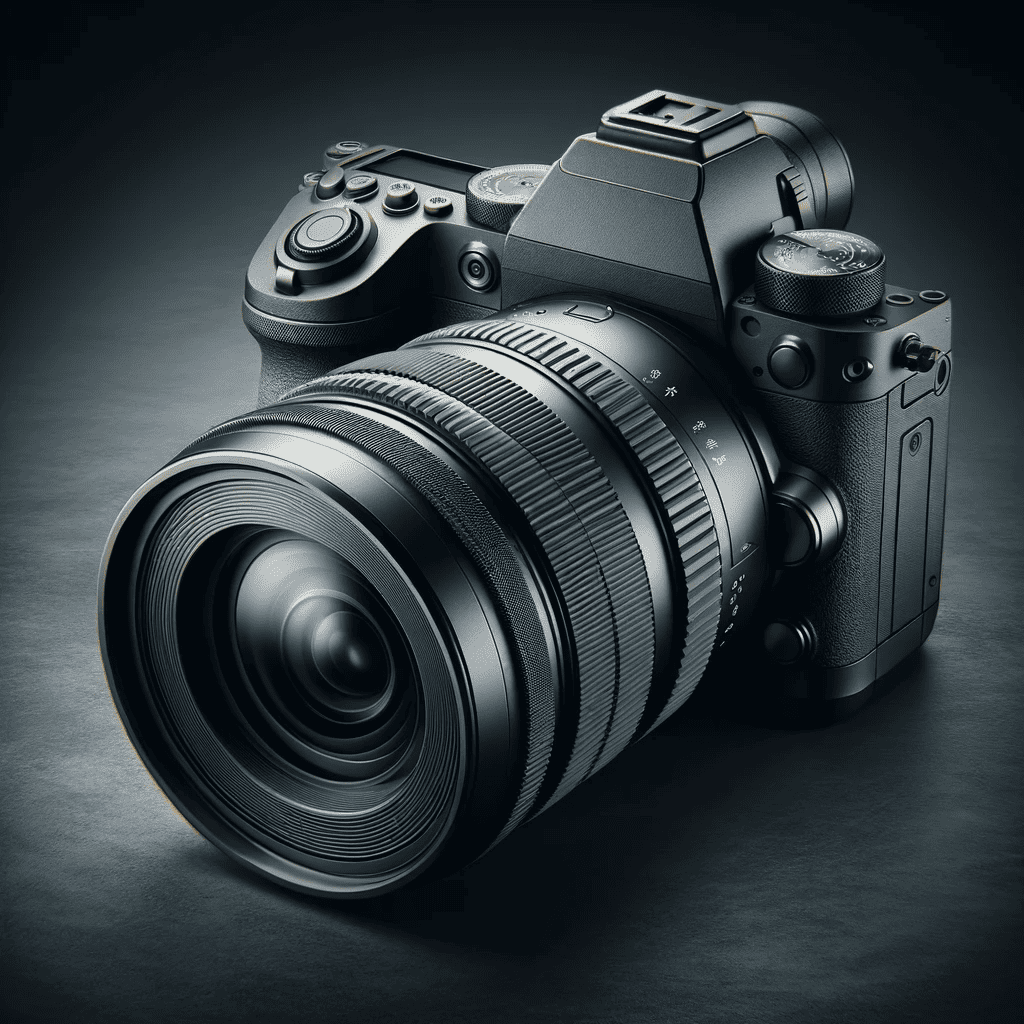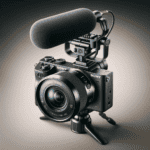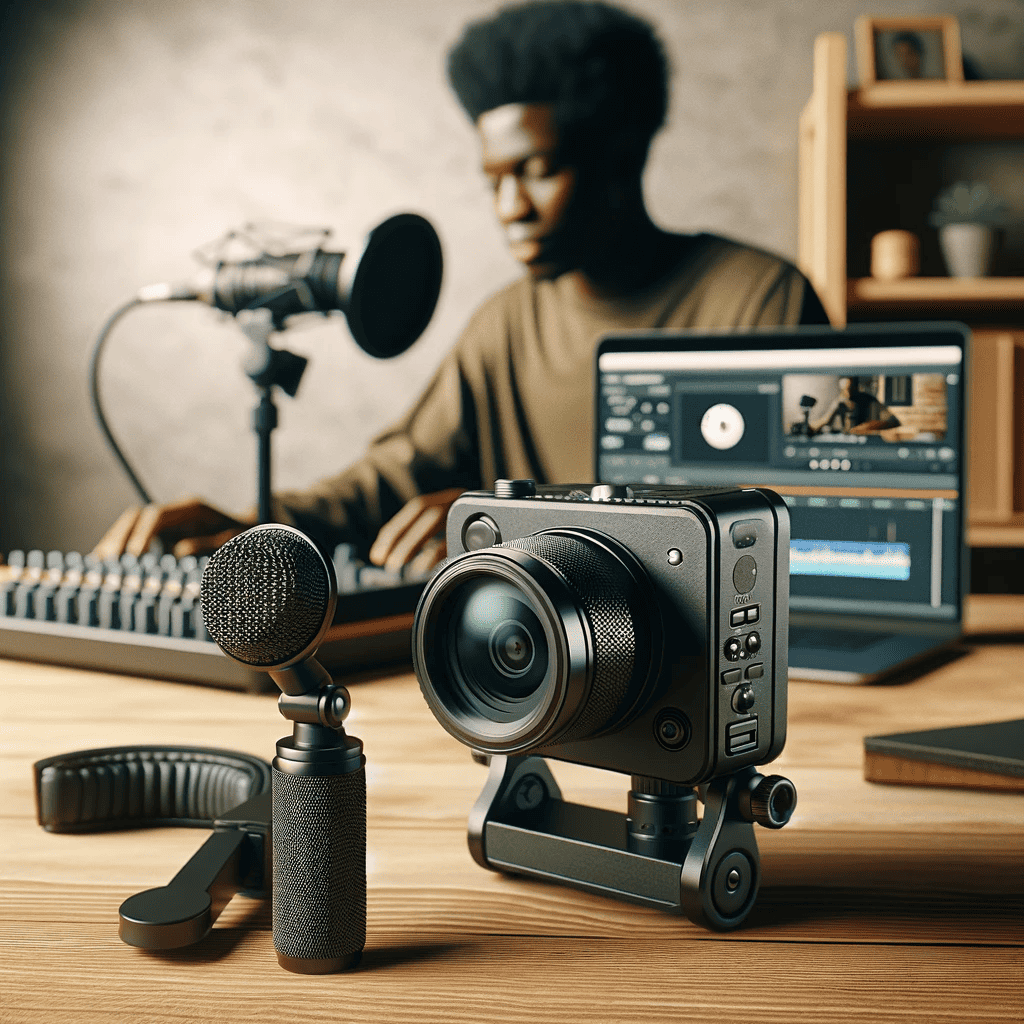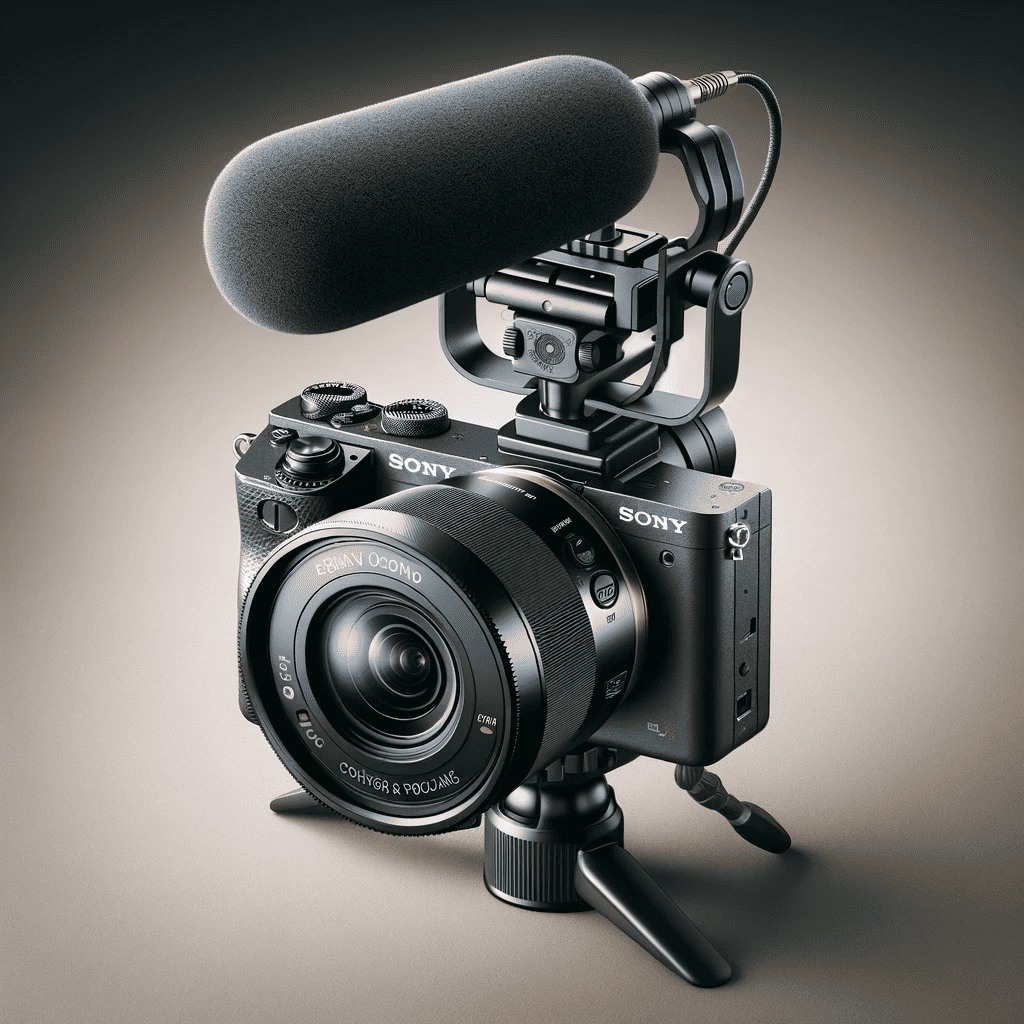Introduction
In this section, we will provide a brief overview of the Canon EOS and EOS R camera series. Understanding the differences between these two camera series is essential for anyone looking to invest in a new camera or upgrade their existing gear. The Canon EOS series has established itself as a legendary line of DSLRs that photographers have relied on for years, while the EOS R represents Canon’s foray into the mirrorless market.
Brief Overview of Canon EOS and EOS R Camera Series
The Canon EOS series is renowned for its excellence in delivering exceptional image quality, versatility, and durability. These cameras utilize the traditional DSLR design with an optical viewfinder, reliable autofocus systems, and an extensive range of compatible lenses. On the other hand, the Canon EOS R marks a significant shift towards mirrorless technology.
This newer camera series features a compact body without a traditional optical viewfinder. Instead, it uses an electronic viewfinder (EVF) that provides real-time previews of how your image will look before you capture it.
Importance of Understanding the Differences Between the Two
Gaining a thorough understanding of the differences between Canon EOS and EOS R cameras is crucial because it helps you make an informed decision based on your specific needs as a photographer. The choice between these two camera series depends on factors such as your photography style, preferences for either DSLR or mirrorless technology, desired image quality, available lenses or lens compatibility with each system, cost considerations, and more. By comprehending these dissimilarities and evaluating them against your requirements, you can select the right camera system that best suits your shooting needs.
Canon EOS Series: A Legacy of Excellence

Historical background of Canon EOS cameras
Canon EOS cameras have a rich history that dates back to their introduction in 1987. These cameras were a significant milestone for Canon, as they marked the company’s shift from manual focus FD lenses to autofocus EF lenses.
The EOS series revolutionized the photography industry by introducing advanced autofocus technology that greatly improved the speed and accuracy of focusing. This breakthrough innovation made Canon EOS cameras highly sought after by both professional photographers and enthusiasts alike.
Key features and advantages of the EOS series
The Canon EOS series offers a range of key features and advantages that have contributed to its success over the years. One notable advantage is its superior image quality and dynamic range. With high-resolution sensors, Canon EOS cameras capture stunningly detailed images with exceptional clarity and sharpness.
Additionally, these cameras excel in delivering impressive dynamic range, allowing photographers to capture a wide spectrum of tones from shadows to highlights. Another significant advantage of the EOS series is its extensive lens compatibility and variety.
Canon has developed an extensive lineup of EF lenses for these cameras, which are compatible with both full-frame and APS-C sensor models. This wide selection ensures that photographers have access to lenses suitable for various shooting scenarios, ranging from ultra-wide angles to telephoto zooms.
One cannot overlook the robust build quality and weather sealing that are inherent in Canon EOS cameras. Constructed with durable materials, these cameras are designed to withstand challenging environments while providing reliable performance.
Weather sealing protects against dust and moisture ingress, enabling photographers to shoot in adverse conditions without compromising their gear’s integrity. The Canon EOS series boasts a remarkable legacy in photography with its historical significance as well as its key features such as superior image quality, extensive lens compatibility, and robust build quality.
Introducing Canon EOS R: The Mirrorless Revolution
Evolution from DSLR to mirrorless technology: 1. Canon’s introduction of the EOS R series marked a significant shift in camera design, forsaking the traditional DSLR (Digital Single-Lens Reflex) for a mirrorless system. 2. This evolution brought about several advantages, including a smaller and lighter form factor, improved portability, and enhanced technological capabilities.
Advantages offered by the Canon EOS R series: 1. The Canon EOS R boasts a full-frame mirrorless sensor that delivers outstanding image quality and exceptional low-light performance.
2. With its innovative RF lens mount, the camera achieves enhanced performance by allowing more light to reach the sensor, resulting in sharper images with minimized distortion. 3. Moreover, the RF lens mount opens up new possibilities for photographers with its expanded range of high-quality lenses specifically designed for mirrorless systems.
Advanced autofocus system with eye-tracking capabilities: 1. One standout feature of the Canon EOS R series is its advanced autofocus system that utilizes cutting-edge technology to track subjects accurately and quickly.
2. This includes eye-tracking capabilities, which enable precise focusing on a subject’s eyes for portraits or fast-moving subjects like wildlife or sports photography. 3. The intelligent autofocus system ensures sharpness and clarity in every shot, even in challenging shooting conditions.
Full-frame mirrorless sensor: Unleashing Stunning Image Quality
The full-frame mirrorless sensor in the Canon EOS R is instrumental in delivering breathtaking image quality: 1. By using a larger sensor size combined with efficient light gathering capability, the camera captures more detail, wider dynamic range, and impressive low-light performance.
2. The absence of an optical viewfinder allows for better placement of pixels on the sensor without obstructions caused by mirrors or prisms found in DSLRs. 3. This results in improved overall image quality with greater clarity and depth for both still images and videos.
The advantages of a full-frame mirrorless sensor in the Canon EOS R extend beyond image quality: 1. The larger sensor size allows photographers to achieve a shallower depth of field, creating beautiful bokeh and emphasizing the subject.
2. It also enables photographers to capture more intricate details, making it an excellent choice for professional and high-resolution photography needs. 3. The versatility offered by the full-frame mirrorless sensor makes the Canon EOS R an ideal choice for various genres, including landscape, portrait, street, and commercial photography.
Image Quality Comparison: Sensor Technology Matters!

Understanding sensor sizes in both camera series
Canon EOS and EOS R cameras have different sensor sizes, which directly impacts image quality. The EOS series predominantly uses APS-C sensors, while the EOS R series features full-frame CMOS sensors.
APS-C sensors are smaller, resulting in a crop factor that affects the field of view. Full-frame sensors, on the other hand, offer a larger surface area for capturing light, resulting in better image quality with improved low-light performance and dynamic range.
APS-C vs Full-frame sensors in EOS models
In the Canon EOS series, APS-C sensors are commonly used, providing a more affordable option for photographers. These smaller sensors have a crop factor of 1.6x compared to full-frame cameras. While APS-C sensors can produce excellent image quality with high resolution and good dynamic range, they may struggle to perform as well in low-light conditions due to their smaller size.
Full-frame CMOS sensor in EOS R for improved low-light performance
The Canon EOS R series boasts a full-frame CMOS sensor that offers significant advantages over APS-C sensors when it comes to low-light photography. With larger pixel size and greater light-gathering capabilities, the full-frame sensor excels at producing cleaner images with reduced noise even at higher ISO settings. This makes it ideal for situations where available light is limited or when shooting in challenging lighting conditions.
Examining resolution, dynamic range, and noise performance differences between Canon EOS and EOS R cameras
When comparing image quality between Canon’s EOS and EOS R cameras, several factors come into play. Resolution refers to the number of pixels captured by the sensor and determines the level of detail present in an image. Generally speaking, both camera series offer high-resolution options suitable for various purposes.
Dynamic range is another crucial aspect to consider, as it determines the camera’s ability to capture a wide range of tones from highlights to shadows. Full-frame sensors in the EOS R series tend to have a greater dynamic range compared to APS-C sensors in the EOS models, resulting in more detail being retained in both bright and dark areas.
Noise performance plays a role in image quality. Due to their larger sensor size, EOS R cameras typically exhibit lower noise levels at high ISO settings compared to their APS-C counterparts.
This allows photographers using EOS R cameras to shoot in low-light conditions without sacrificing image quality. Understanding the differences between APS-C and full-frame sensors is crucial when considering image quality.
The Canon EOS series with APS-C sensors provides affordability and versatility, while the full-frame CMOS sensor of the EOS R series offers improved low-light performance and dynamic range. When examining resolution, dynamic range, and noise performance between Canon EOS and EOS R cameras, it becomes clear that each camera series has its own strengths depending on specific shooting requirements.
Lens Compatibility: EF vs RF Mounts
Exploring the EF Mount Legacy in Canon’s DSLRs
Canon’s DSLRs have a long-standing legacy of using the EF mount, which has become a standard in the industry. The EF mount was introduced by Canon in 1987 and has been widely adopted by photographers around the world.
It offers excellent compatibility with a vast range of lenses, including both Canon’s own offerings as well as third-party options. The extensive availability of EF lenses ensures that photographers have access to a wide variety of focal lengths, apertures, and specialized lenses to suit their creative needs.
Advantages of Using EF Lenses on Both Camera Series
One significant advantage of using EF lenses on both Canon EOS and EOS R camera series is their versatility and wide-ranging compatibility. By utilizing an adapter, photographers can seamlessly attach their existing collection of EF lenses to both camera systems.
This eliminates the need for additional lens investments when transitioning from a DSLR to a mirrorless system. Furthermore, these lenses maintain their full functionality and autofocus capabilities on both camera series, allowing photographers to make the most of their investment in high-quality lenses.
Introducing the RF Mount’s Benefits for Mirrorless Cameras
Compact Size, Improved Communication Between Body and Lens
The RF mount is specifically designed for Canon’s mirrorless cameras like the EOS R series. One key benefit it offers is its compact size compared to its DSLR counterpart.
This reduction in size not only makes the camera more portable but also allows for smaller and lighter lens designs that are better suited for mirrorless systems. Additionally, the RF mount incorporates advanced electronic communication between the camera body and lens, ensuring fast and precise communication for optimal autofocus performance.
New RF Lenses Designed Specifically for Mirrorless Systems
Canon has introduced a new line of RF lenses that are specifically designed for their mirrorless systems. These lenses take full advantage of the RF mount’s capabilities and provide outstanding optical performance. They feature innovative technologies such as high-speed communication, improved image stabilization, and exceptional image quality.
Canon’s RF lens lineup includes a variety of focal lengths, from wide-angle to telephoto, along with specialized lenses like macro and tilt-shift options. These new RF lenses offer photographers expanded creative possibilities and ensure excellent image quality when paired with Canon’s EOS R camera series
Performance Comparison: Autofocus, Speed, and Video Capabilities
The Battle of Autofocus: EOS vs EOS R
Canon EOS and EOS R cameras both offer impressive autofocus capabilities, but there are notable differences. The Canon EOS series has a renowned Dual Pixel CMOS AF system, providing fast and accurate autofocus performance.
It excels in tracking moving subjects and is highly reliable for various shooting scenarios. On the other hand, the Canon EOS R takes autofocus to the next level with its advanced Dual Pixel CMOS AF II system.
This enhanced technology offers improved subject tracking, especially with eye-detection autofocus that ensures sharp focus on the subject’s eyes. Capturing fast-paced action or portraits becomes easier, making it a fantastic choice for sports and wildlife photography.
Speed Demons: Burst Shooting and Shutter Speed
When it comes to speed, both camera series deliver impressive performance. The Canon EOS models offer high-speed continuous shooting rates that range from 7-16 frames per second (fps), depending on the specific model. This makes them suitable for capturing action-packed moments with precision.
In comparison, while the Canon EOS R has a slightly lower maximum continuous shooting rate of 8 fps, it compensates with its silent electronic shutter option – perfect for situations where noise needs to be reduced or eliminated. Additionally, both series provide customizable burst modes and high-speed data processing for efficient image capture.
Mastering Video Capabilities
Canon understands the growing demand for video capabilities in modern cameras. The Canon EOS series offers exceptional video recording options with resolutions up to 4K Ultra HD at various frame rates. These cameras deliver stunning video quality while maintaining excellent dynamic range and low-light performance.
However, if you aim to take your video shooting experience even further, the Canon EOS R takes center stage with its more advanced video features. It offers 4K video recording with up to 30 frames per second, providing smooth and detailed footage.
Moreover, it includes Canon Log for increased dynamic range and color grading flexibility during post-processing. The EOS R also features a microphone input and headphone jack for improved audio control.
Conclusion
In the battle between Canon EOS and EOS R, both camera series showcase remarkable performance in autofocus speed, burst shooting, and video capabilities. Whether you choose the tried-and-true Canon EOS cameras or embrace the mirrorless innovation of the Canon EOS R series, you can expect outstanding results in capturing fast-action sequences with precision focus and enjoying high-quality video recording.
Each camera system has its strengths, catering to different needs and shooting styles. So, go ahead and pick the one that aligns best with your specific requirements – either way, you’ll be equipped with a powerful tool that helps bring your creative vision to life.










